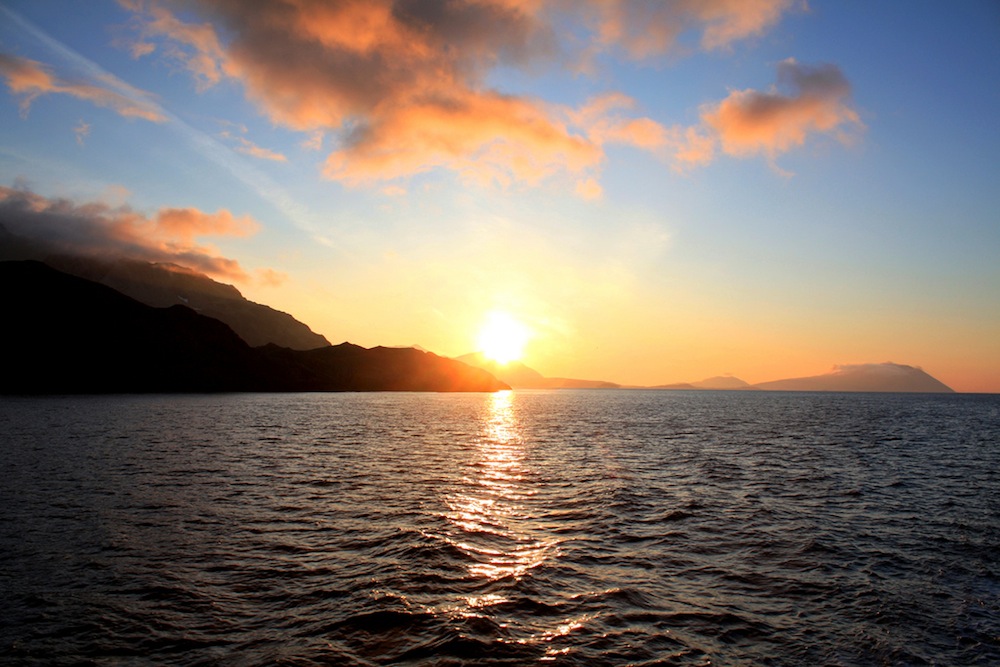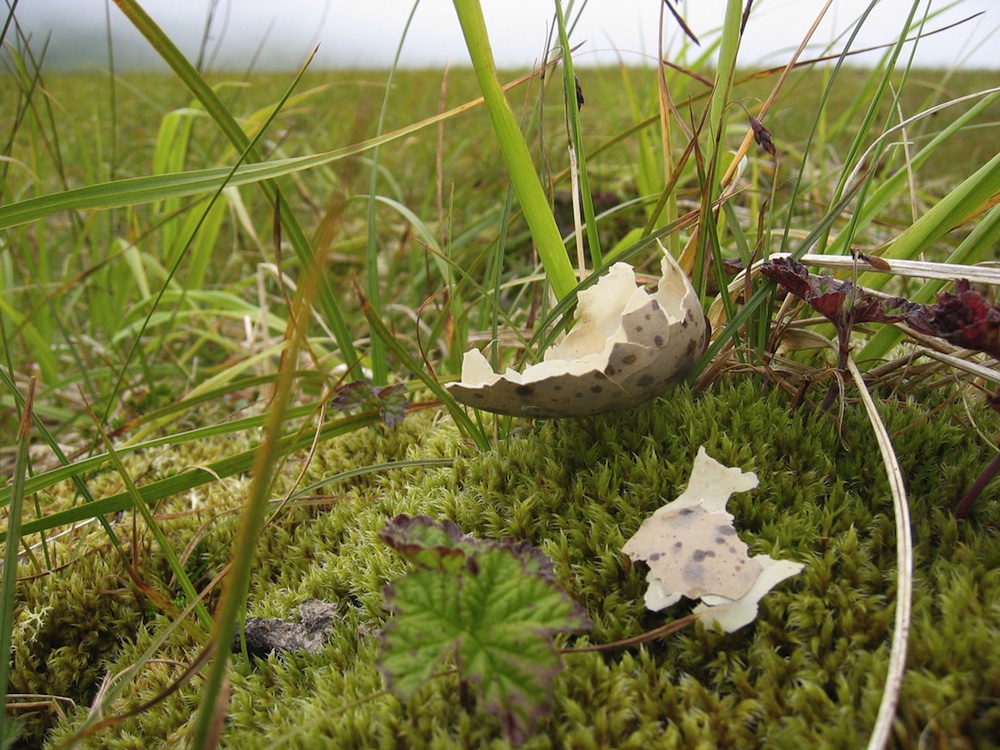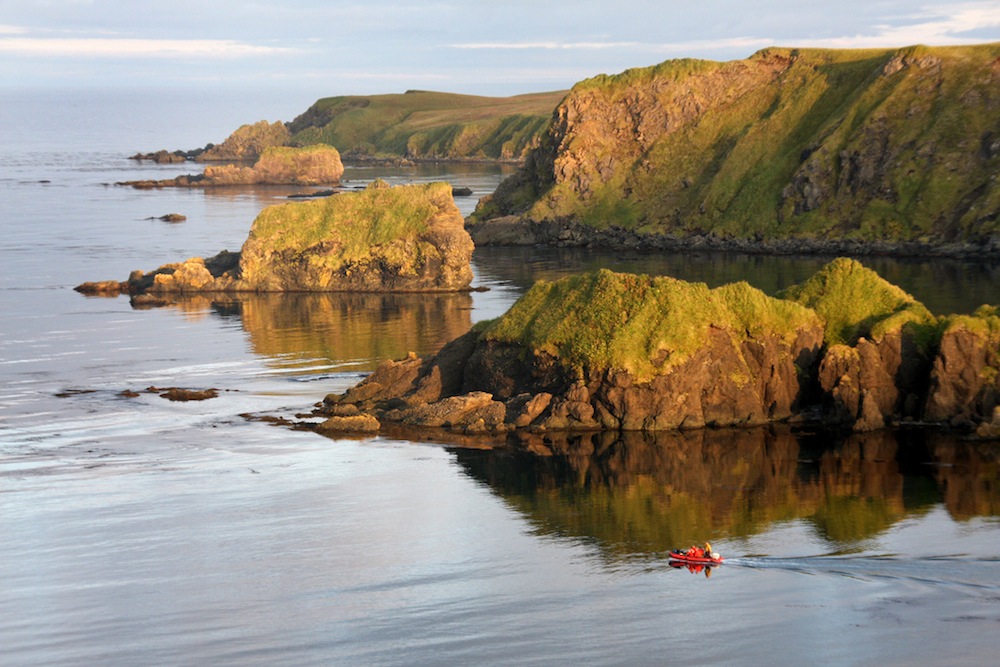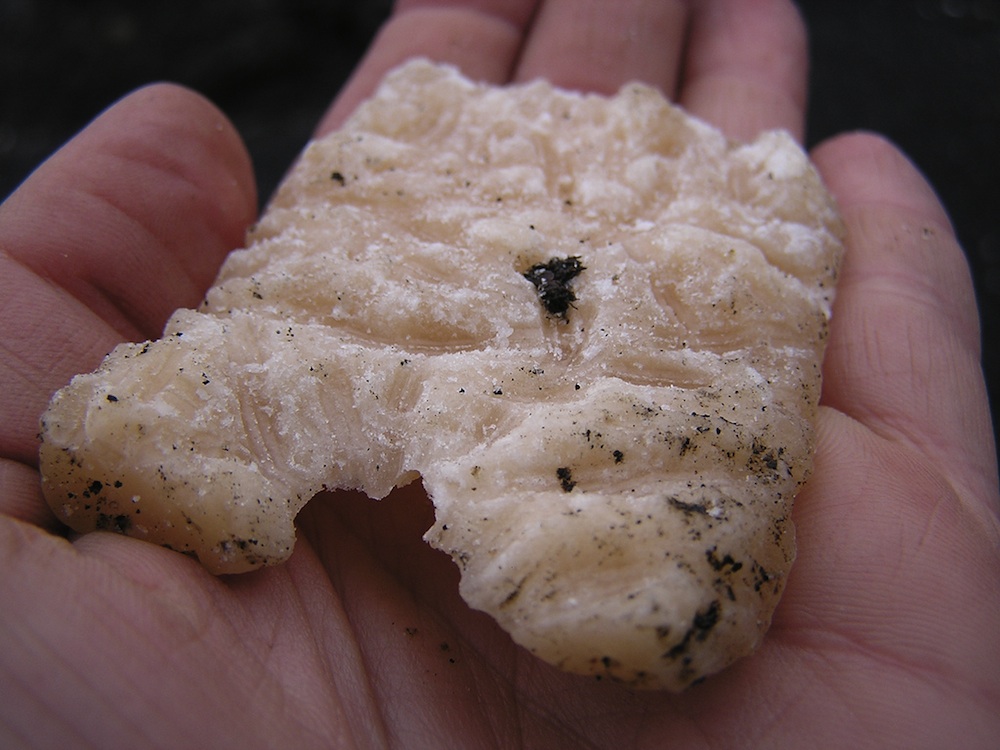Gallery: A View of Rat Island
Rat Island View

A view of rat island. A 1700s shipwreck in these waters released rats onto the previously pristine island in the Aleutian Island chain on what is now Alaska. The spilled rats ate the eggs and young of the island's defenseless nesting birds. Over time, the island's bird population took a dive and the slip of land became known as Rat Island. [Read more about Alaska's Rat Island]
Aerial View

Rat island from the air. The island is only about 10 square miles (16 square kilometers) large.
Black Oystercatcher

Black oystercatchers, like this one photographed in British Columbia, thrived on Rat Island before the rats showed up.
Eggs in Danger

Black oystercatcher eggs on Rat Island. Rats steal and eat eggs from seabird nests, devastating the bird population.
Leftovers

Egg fragments left behind on Rat Island after a rodent meal.
Sea Urchin Fragments

Rats also eat other native species, including sea urchins.
Rat Island Shoreline

The rugged shoreline of Rat Island.
Get the world’s most fascinating discoveries delivered straight to your inbox.
Rat Island Inland

A view from the ground on Rat Island.
Helicopter Drop

A 2010 analysis by the Ornithological Council concluded that less bait could have been used. Some 300 gulls and 46 bald eagles were collateral victims of the eradication effort.
Bait Drop

A rat eradication effort by conservationist groups and U.S. Fish and Wildlife officials involved seeding the whole island with 46 metric tonnes of rat poison.
I Smell a Rat

The rats have been here: A wax block left out by conservationists bears the tell-tale marks of rate teeth.

Stephanie Pappas is a contributing writer for Live Science, covering topics ranging from geoscience to archaeology to the human brain and behavior. She was previously a senior writer for Live Science but is now a freelancer based in Denver, Colorado, and regularly contributes to Scientific American and The Monitor, the monthly magazine of the American Psychological Association. Stephanie received a bachelor's degree in psychology from the University of South Carolina and a graduate certificate in science communication from the University of California, Santa Cruz.
 Live Science Plus
Live Science Plus





